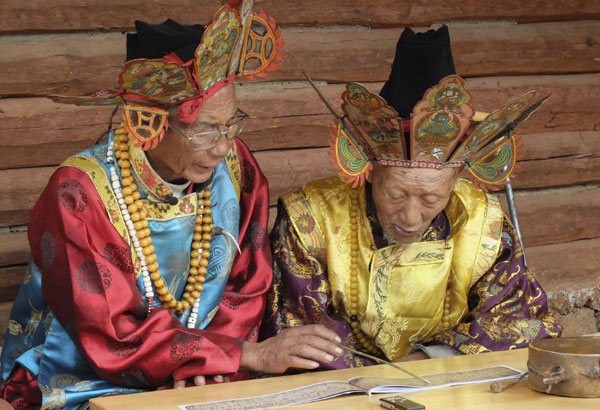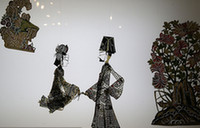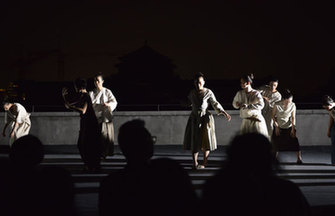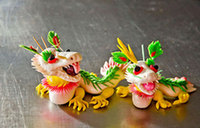A living language's life
Updated: 2014-10-08 07:50
By Wang Kaihao(China Daily)
|
||||||||
 |
|
Xi Shanghong (left), 72, and He Zhiben, 87, are two of the Dongba shamans who can read the ancient pictographic manuscripts. |
Experts are racing against time to keep alive the world's last pictographic writing form—that of the Dongba shamans of China's ethnic Naxi group. Wang Kaihao reports.
If a picture's worth a thousand words, the world's last pictographic language says volumes about the traditional Naxi culture.
 |
But experts fear this historical portrait of the Chinese ethnicity will be erased from modern times without more international partnerships.
The manuscripts created by the Naxi's Dongba shamans in Yunnan province record religious ceremonies and traditions. They were a focus of the session on cultural heritage's digitization at the 5th International Symposium on Test Automation & Instrumentation in Beijing in September.
"Time is running out," Beijing Association of Dongba Culture and Arts head Zhang Xu says.
Zhang says she found only two shamans—both elderly—practicing rituals according to the scriptures during a visit to a mountain village in Yunnan's Shangri-La county.
"It's similar in other villages," she says.
"If we don't hurry, nobody will know what the manuscripts say. Those who do are passing away."
The pictographic manuscripts were inscribed on UNESCO's Memory of the World Heritage list in 2003.
Zhang's association joined other domestic institutions to start a database to collect manuscripts in 2012 and plans to finish by 2017.

 Happy moments of actor Lu Yi with his daughter
Happy moments of actor Lu Yi with his daughter
 Fashion designer bridges culture gap
Fashion designer bridges culture gap
 Singer Li Yuchun poses for fashion magazine
Singer Li Yuchun poses for fashion magazine
 Hundred Flowers Award ceremony opens in Lanzhou
Hundred Flowers Award ceremony opens in Lanzhou
 A quiet designer
A quiet designer
 Alibaba founder biopic could be underway
Alibaba founder biopic could be underway
 Star Stefanie Sun holds concert in Beijing
Star Stefanie Sun holds concert in Beijing
 Faye Wong's manager refutes star's drug rumors
Faye Wong's manager refutes star's drug rumors
Most Viewed
Editor's Picks

|

|

|

|

|

|
Today's Top News
A concrete step forward to mend ties
Silent HK majority urged to support government
US Commerce to help tap Chinese market
HK govt to meet with students
Live report: 1 dead, 38 injured in Yunnan quake
Chinese insurer buys NYC's Waldorf hotel
WB sees slower rise in China economy
Chinese actress Li Bingbing calls for action on climate change
US Weekly

|

|








